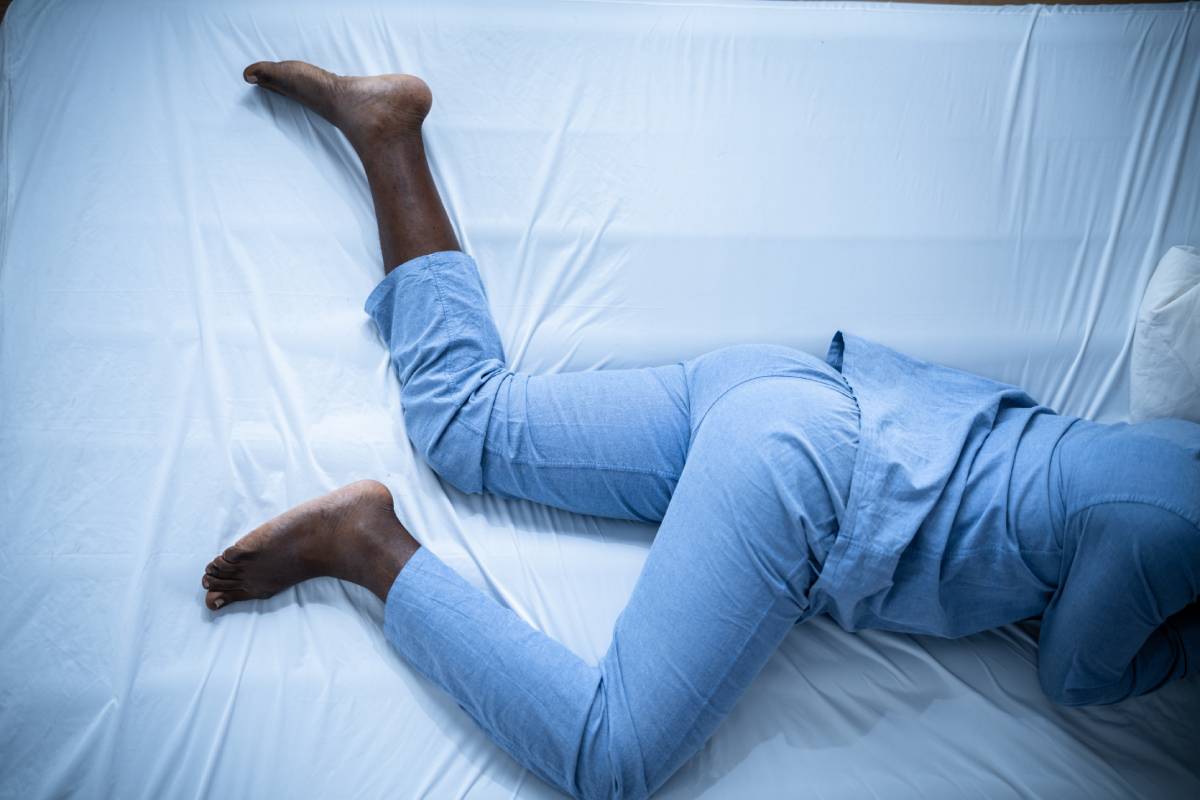Pain is one of the more obvious reductors of quality of life, limiting one’s ability to do everything from work to relax with friends. Yet one of the more harmful but less-discussed consequences of pain is how it affects quality of sleep, a condition colloquially referred to as “painsomnia.”
A recent survey conducted by the Sleep Foundation and featured in an article by the Pain News Network1 is now reporting that a shocking 97.7 percent of Americans experience pain at least one night a week.2 Eighty-five percent of respondents reported that pain cost them at least two hours of sleep a week; the average sleep time lost to pain was six hours per week.1,2 This means that a substantial number of Americans are losing three-quarters of a full night’s sleep each week due to pain.3 The problem is not only quantity, but quality. Waking up frequently, even if only briefly, can be enough to compromise REM cycles, leading to reduced recovery and increased fatigue.2
These statistics paint a surprisingly dire portrait of the average American’s quality of life. Does this mean that almost every American is suffering from severe chronic pain? Not necessarily, according to Alex Dimitriu, MD, a member of the Sleep Foundation medical review board.1 In an interview, she noted that even mild pain affects one’s ability to fall asleep or maintain constant sleep for some people. Still, almost 75 percent of survey respondents reported that their pain intensity scored a five or above on a scale from one to ten.2
The survey pointed out some interesting trends in what type of pain affects sleep the most. According to the Sleep Foundation website, “Among survey respondents, 56.2% of people who lost sleep experienced back pain, with 41.3% had neck pain, 32.2% had head pain, and 29.4% had knee pain.”2 Pain in these places may compromise sleep posture, which can lead to a less deep, comfortable, and restorative sleep. The result is a vicious cycle: lack of sleep begets more pain and anxiety, which in turn compromises sleep even more. This means that over time, the overall issue of painsomnia is likely to worsen without intervention.
What is being done to stop painsomnia? Approximately half of respondents reported seeing a healthcare provider. A greater number (roughly 70 percent) reported taking medications for pain management, either prescribed or over-the-counter. Some of the most common sleep aids included melatonin and diphenhydramine, also known as benadryl.2
Though only a minority of respondents sought social support groups, those that did reported that these groups were highly effective in helping in the management of their painsomnia. Interestingly, men were more likely than women to join a support group among study participants. Likelihood of attendance also varied by socioeconomic status; respondents who had a household income of less than 50,000 USD/year were significantly less likely to join a support group for their painsomnia. Considering that these support groups often take place in online forums and do not require significant resources to join, physicians might consider recommending participation to their painsomnia patients.
Pain significantly affects sleep for many people, with impacts on overall functioning and quality of life. Greater awareness and research in this area is necessary.
References
1 Pain News Network. (2023, January 25). Most Americans losing sleep due to pain. Pain News Network. Retrieved from https://www.painnewsnetwork.org/stories/2023/1/24/most-americans-losing-sleep-due-to-pain
2 How Painsomnia is stealing our sleep. Sleep Foundation. (2022, December 16). Retrieved from https://www.sleepfoundation.org/sleep-news/painsomnia-steals-an-hour-of-sleep-nightly
3 Centers for Disease Control and Prevention. (2022, September 19). Are you getting enough sleep? Centers for Disease Control and Prevention. Retrieved from https://www.cdc.gov/sleep/features/getting-enough-sleep.html
